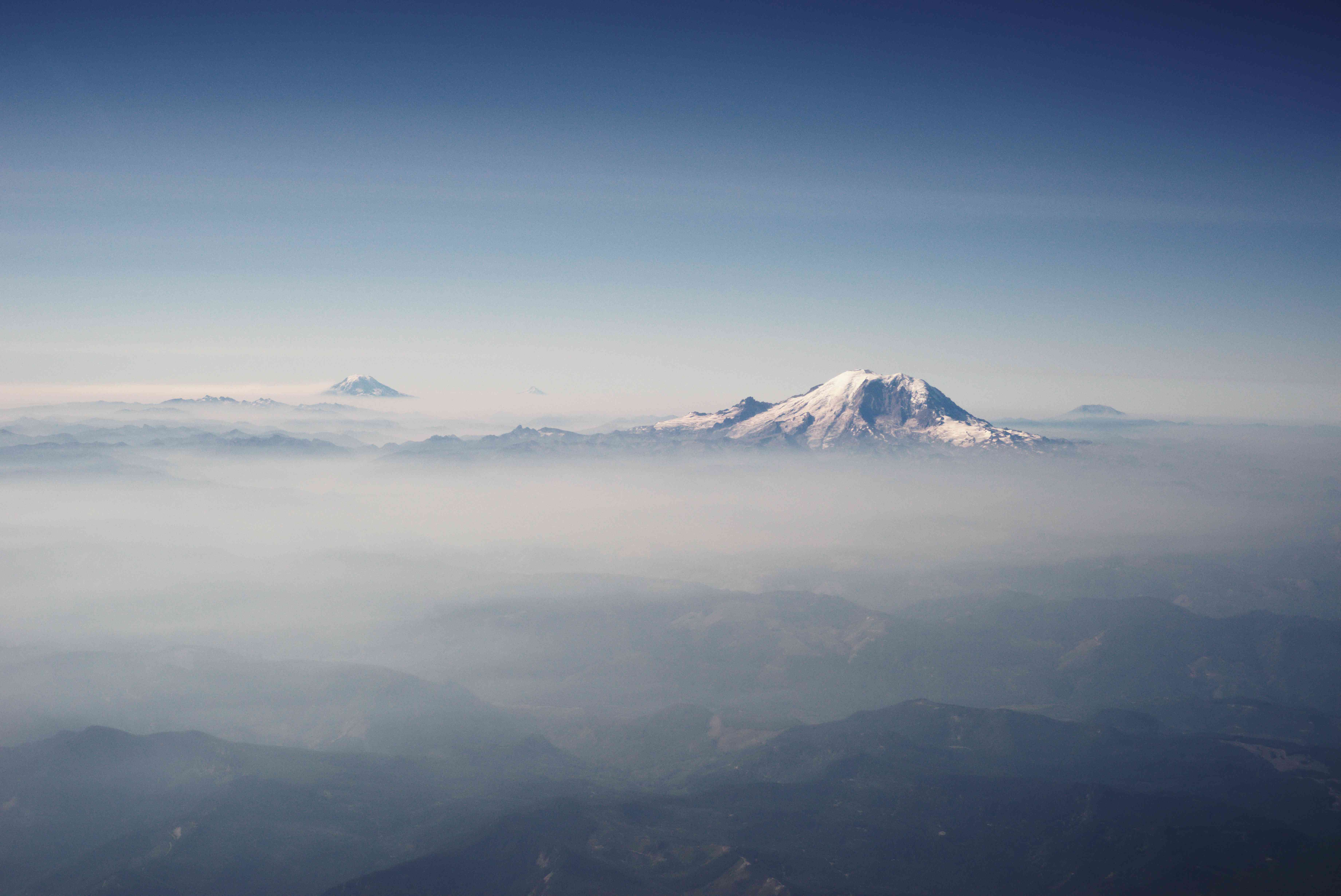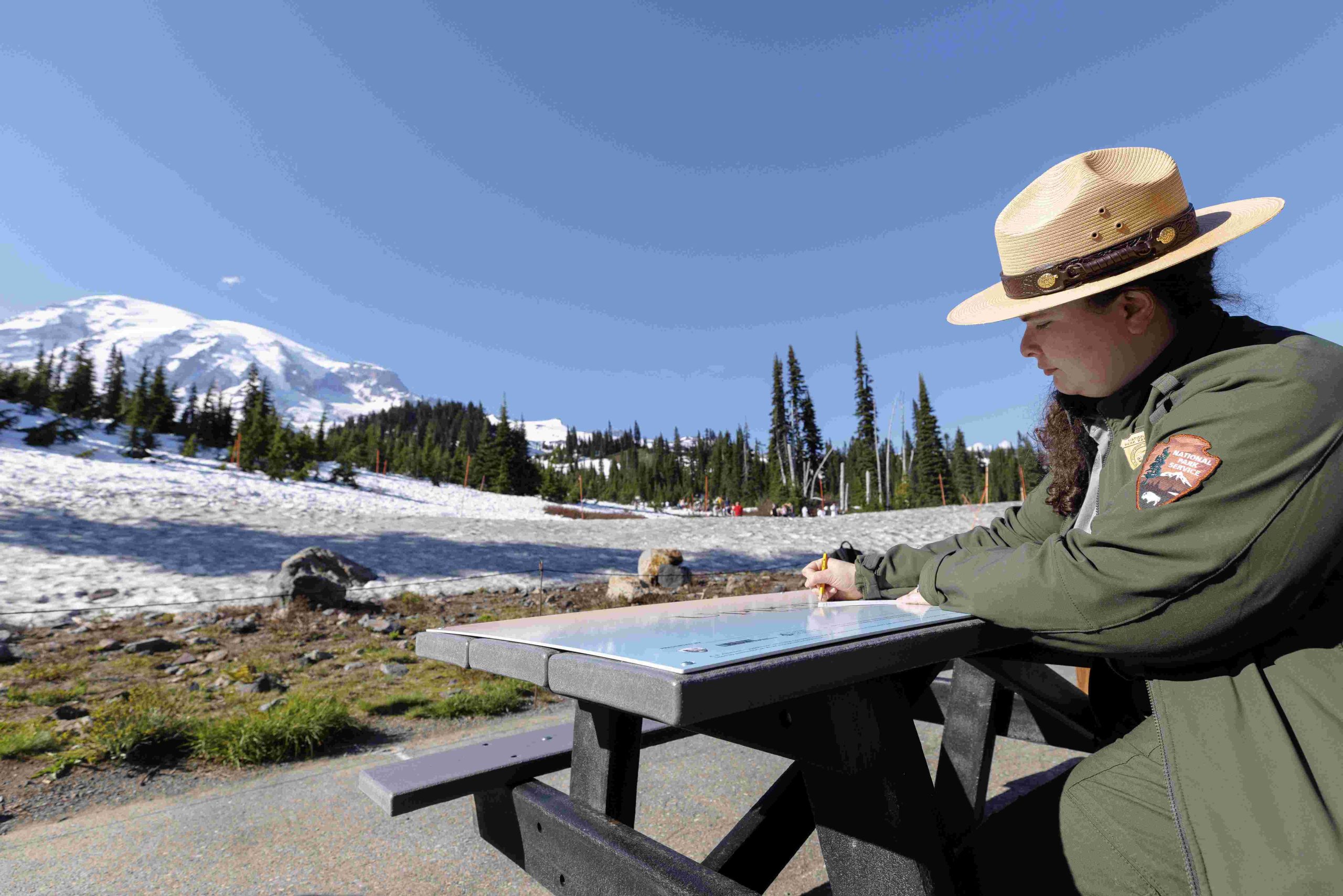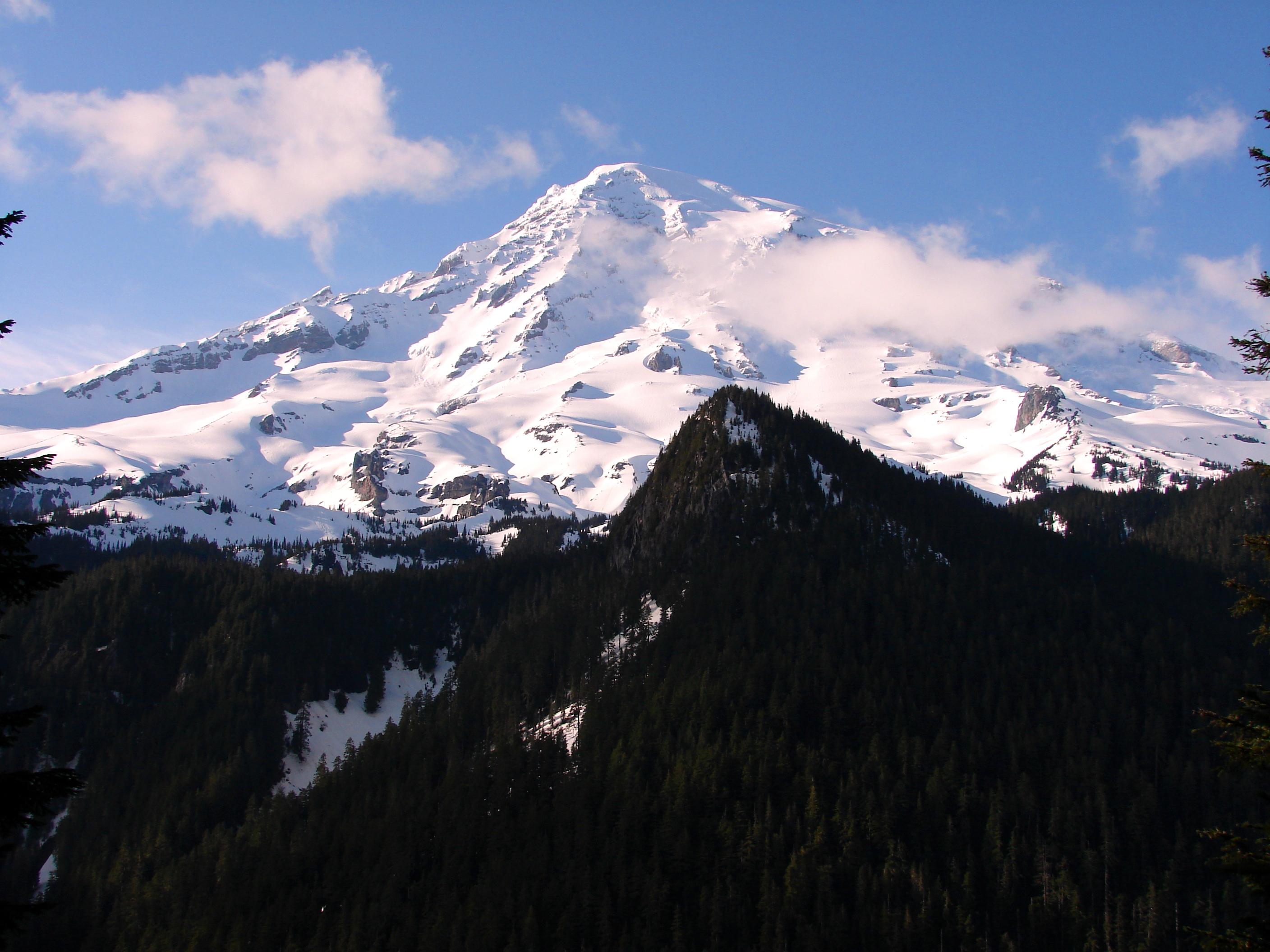Glacier Basin in Mount Rainier National Park is a stunning alpine area known for its diverse hiking trails, breathtaking views of Mount Rainier and surrounding peaks, and abundant wildlife. Located in the northeastern part of the park, this region offers visitors a chance to experience subalpine meadows, glacial lakes, and panoramic vistas. The area is accessible via the White River Campground and provides opportunities for day hikes, backpacking, and wildlife observation.
What Are the Main Hiking Trails in Glacier Basin?

Glacier Basin offers several hiking trails that cater to different skill levels and interests:
- Glacier Basin Trail
- Length: 7 miles round trip
- Elevation Gain: 1,600-1,700 feet
- Difficulty: Moderate
- Trailhead: White River Campground (46.9021, -121.6437)
-
Notable features:
- Follows the Inter Fork of the White River
- Passes through old mining road areas
- Side trail to Emmons Moraine viewpoint
- Ends at Glacier Basin wilderness camp and meadows
-
Emmons Moraine Trail
- Length: 3 miles round trip (from main trail)
- Elevation Gain: 880 feet
- Difficulty: Moderate
-
Highlights: Viewpoint overlooking Emmons Glacier
-
Glacier Basin Loop
- Length: 11.5 miles round trip
- Elevation Gain: 3,100 feet
- Difficulty: Strenuous
- Key points:
- Climb to Burroughs Mountain (7,400 feet)
- Descends to Frozen Lake
- Follows Wonderland Trail back to White River Campground
What Wildlife Can Be Observed in Glacier Basin?

Glacier Basin is home to diverse wildlife, including:
- Mountain Goats
- Black Bears
- Marmots
- Pikas
- Various bird species
When observing wildlife, remember to:
* Stay on designated trails
* Keep a safe distance
* Be aware of your surroundings, especially in bear country
Where Can You Camp in Glacier Basin?
Glacier Basin Wilderness Camp
- Capacity: 6 individual sites, 1 group site
- Amenities:
- Pit toilets
- No fire pits
- No potable water (nearby glacier-fed stream)
- Reservation: First-come, first-served
- Season: Typically July to October
Other Nearby Campsites
- Berkeley Park Wilderness Camp
- 3 sites along the loop trail
- Sunrise Wilderness Camp
- 10 individual sites
- 2 group sites
- Located near Shadow Lake
What Are the Best Photography Spots in Glacier Basin?
Glacier Basin offers numerous photographic opportunities:
| Location | Best Time | Features |
|---|---|---|
| Emmons Moraine | Early morning/late afternoon | Emmons Glacier, glacial lake |
| Glacier Basin Meadows | Golden hour | Mount Rainier, The Wedge, Mount Ruth |
| Burroughs Mountain | Overcast days | Panoramic mountain views |
Additional notable features for photography:
– Subalpine wildflower meadows
– Seasonal huckleberries
– Milky blue-green glacial lakes and streams
How to Prepare for a Visit to Glacier Basin?
- Check current trail and weather conditions
- Bring appropriate gear:
- Sturdy hiking boots
- Layers of clothing
- Rain gear
- Sun protection
- Carry plenty of water and snacks
- Obtain necessary permits for camping
- Be aware of wildlife safety guidelines
- Leave No Trace: Pack out all trash and respect the environment
What Makes Glacier Basin Unique in Mount Rainier National Park?
Glacier Basin stands out for several reasons:
- Diverse Ecosystems: Transition from forests to subalpine meadows
- Glacial Features: Close-up views of Emmons Glacier, the largest in the contiguous U.S.
- Hiking Variety: Options for day hikes and multi-day backpacking trips
- Wildlife Viewing: Opportunities to see mountain goats and other alpine species
- Photographic Landscapes: Stunning vistas of Mount Rainier and surrounding peaks
- Historical Significance: Remnants of old mining operations in the area
When Is the Best Time to Visit Glacier Basin?
The ideal time to visit Glacier Basin depends on your interests:
- July to August: Peak wildflower season, warmest temperatures
- September to early October: Fall colors, fewer crowds
- Weekdays: Less crowded than weekends
- Early morning: Best for wildlife viewing and photography
Remember that weather can be unpredictable, and snow may linger into July at higher elevations.
By exploring Glacier Basin in Mount Rainier National Park, visitors can experience the raw beauty of the Cascade Range, witness the power of glacial landscapes, and immerse themselves in the diverse ecosystems of this alpine wonderland.
References:
1. https://www.wta.org/go-hiking/hikes/glacier-basin
2. https://www.mountaineers.org/activities/routes-places/glacier-basin-mount-rainier
3. https://www.wta.org/go-hiking/hikes/glacier-basin-loop

